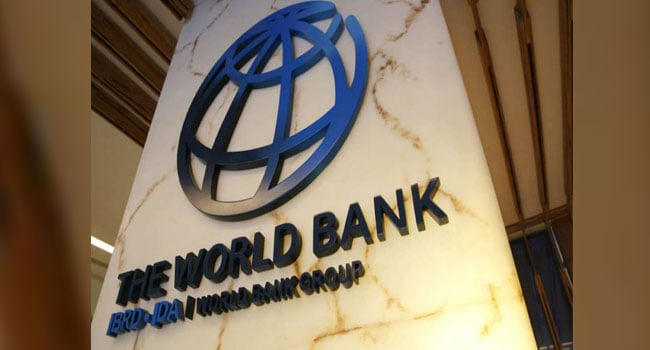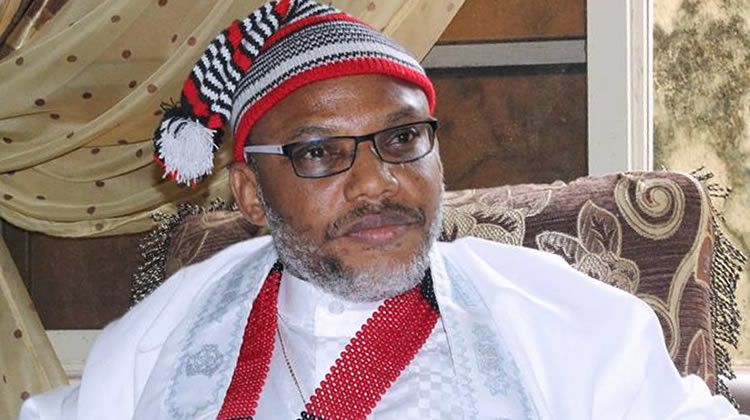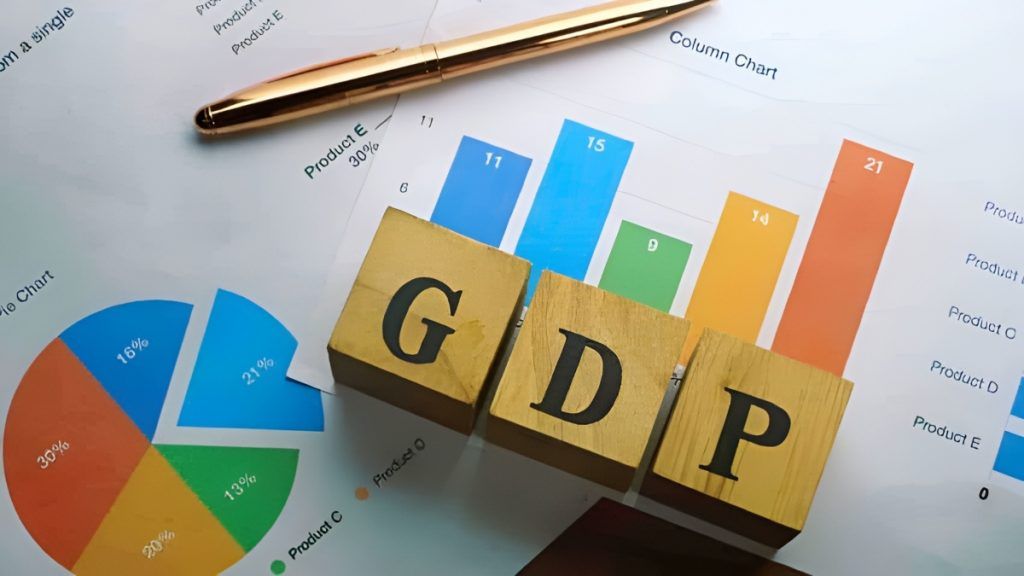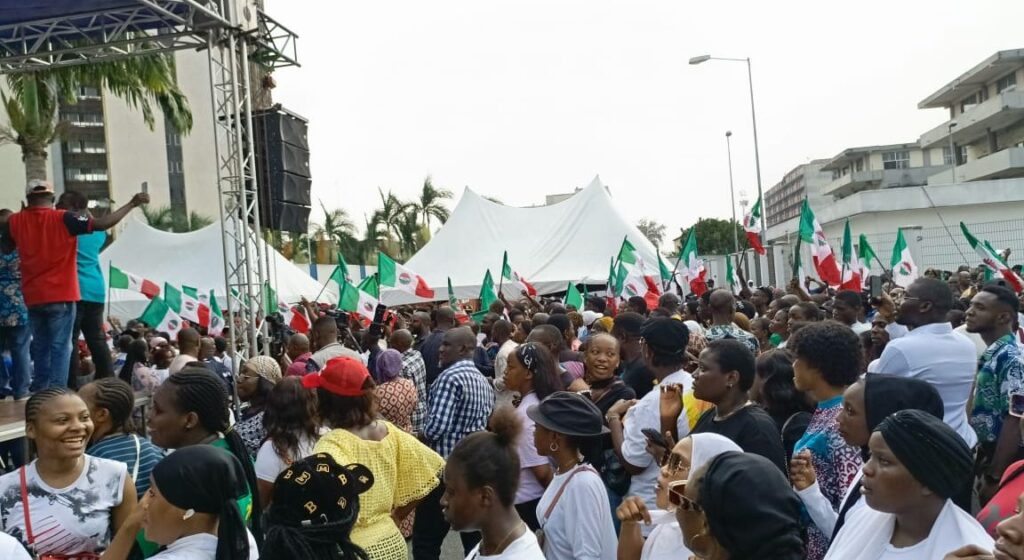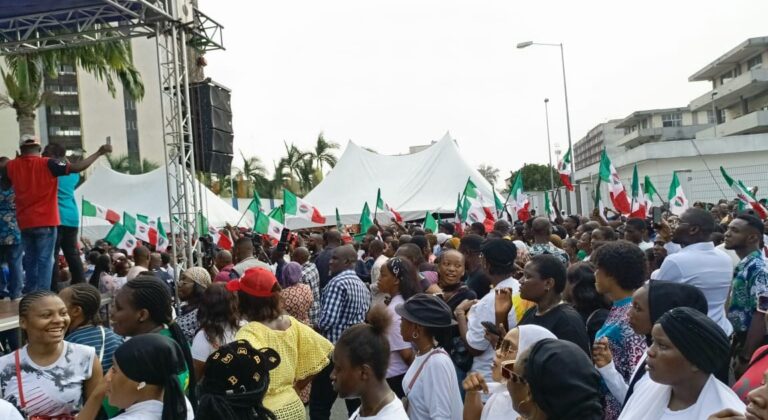Nigeria’s public debt profile has taken a worrisome turn as the nation’s debt-to-GDP ratio surged beyond the 55 percent mark in the first quarter of 2025—significantly overshooting the Debt Management Office’s (DMO) self-imposed 40 percent ceiling and setting alarm bells ringing among economists and investors alike.
According to the DMO’s latest data, total public debt rose to N149.39 trillion as at March 31, 2025, representing a 3.26 per cent increase quarter-on-quarter and a staggering 22.78 per cent leap year-on-year.
The uptick signals not only persistent fiscal reliance on debt to close gaping budget deficits but also reveals the deeper structural vulnerabilities afflicting Africa’s largest economy.
The debt-to-GDP ratio, which stood at 55 percent at the close of 2024, underscores the erosion of Nigeria’s fiscal space amid muted economic growth and a chronically weak revenue base.
Analysts at Lagos based Cowry Assets Management Limited have warned that the ratio is approaching a dangerous threshold that could jeopardise macroeconomic stability if corrective measures are not urgently implemented.
“This is a red flag,” said a senior economist at Cowry Research. “With GDP growth lagging population expansion, and revenue performance falling short of projections, the only way the government has managed to sustain its obligations is through increased borrowing— most of it from domestic markets.”
The lion’s share of the recent debt expansion came from domestic borrowings, which rose by 5.89 per cent in Q1’25 to N78.76 trillion—an increase of N4.4 trillion from the previous quarter.
This reflects the Federal Government’s growing appetite for naira-denominated instruments in an attempt to hedge against currency volatility and the tightening of global credit conditions.
External debt inched up more modestly by 0.49 percent quarteron-quarter and 19.97 percent year-on-year, settling at N70.63 trillion as at March. The relatively subdued growth in foreign debt belies the fact that currency movements still played a notable role in inflating Nigeria’s obligations.
The naira depreciated marginally from N1,535.32/$ in December 2024 to N1,536.31/$ by March-end, nudging up the naira valuation of external debt.
In dollar terms, total public debt rose to $97.24 billion—up 3.19 percent from $94.23 billion in Q4 2024 and 6.32 percent higher than the $91.46 billion recorded in Q1 2024. Nigeria’s debt portfolio remains evenly split, with domestic borrowings accounting for 52.72 per cent and external obligations making up 47.28 per cent.
The Federal Government continues to dominate the debt landscape, holding N74.89 trillion, or roughly 50.13 percent of the entire stock. Subnational governments and the Federal Capital Territory account for a comparatively minor N3.87 trillion.

